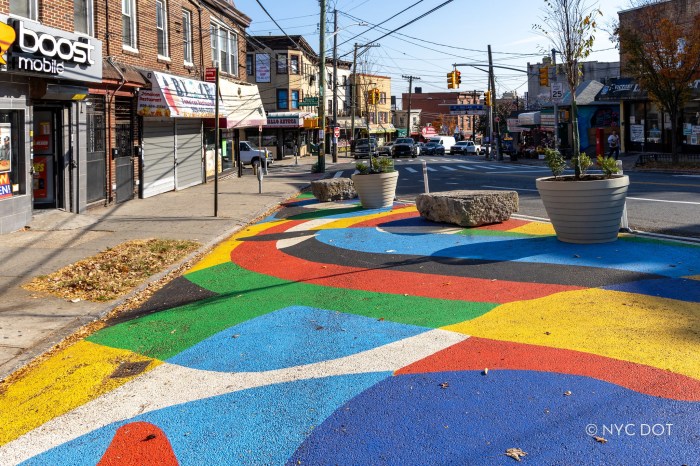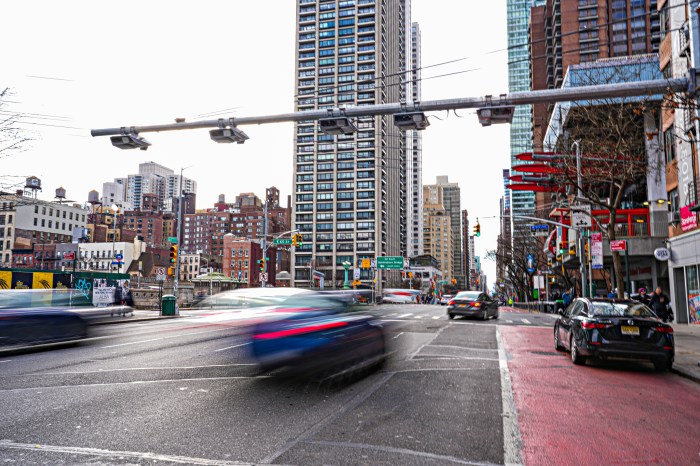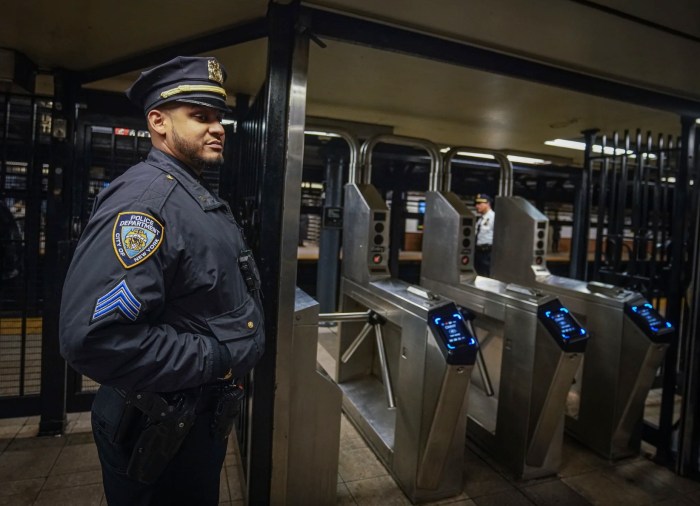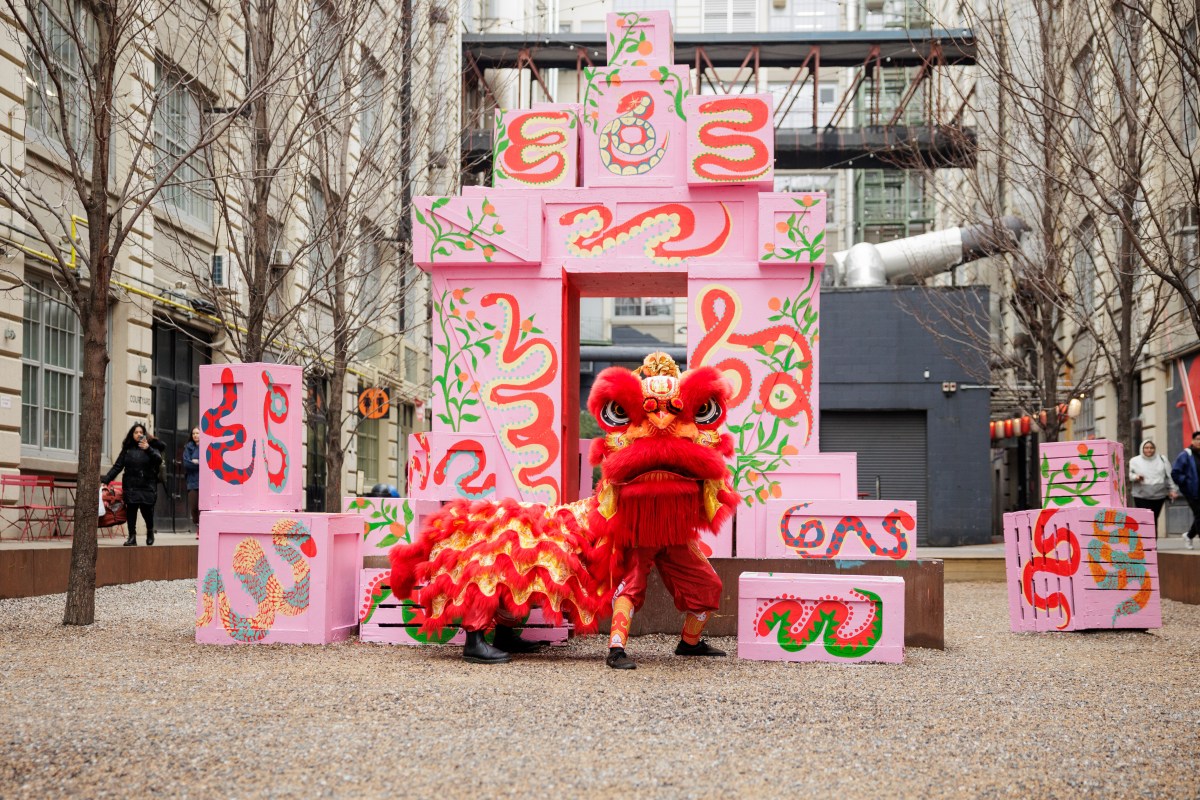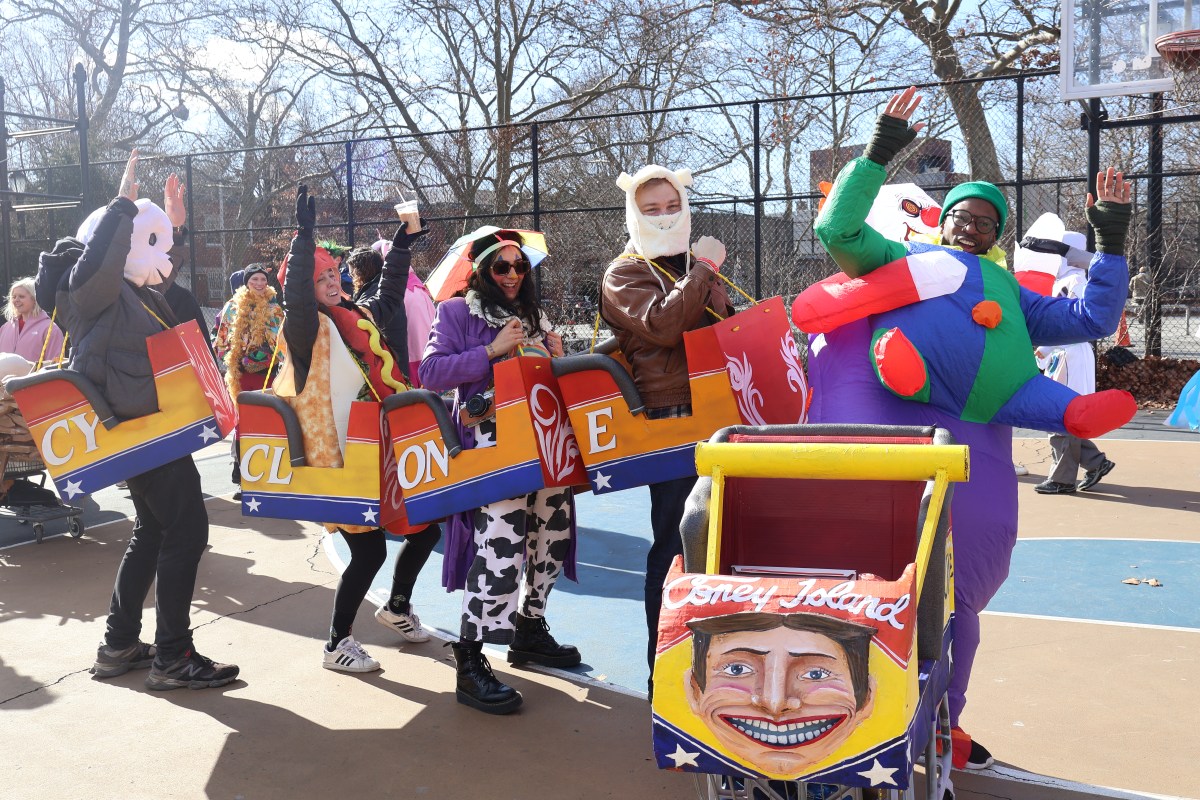
Worried Manhattan residents filed a lawsuit against city and state agencies on Tuesday in an attempt to block the looming L train shutdown.
The suit alleges that the agencies failed to complete necessary environmental review work for a project that the plaintiffs claim would endanger residents’ health as well as the “the delicate infrastructure of our historic low-rise” neighborhoods.
Attorney Arthur Schwartz said it was the last recourse for residents who feel ignored by “zealots” within the city’s Department of Transportation who are going too far to prioritize bus service over private vehicles and truck deliveries during the shutdown.
“The goal of this lawsuit is to stop the project until they properly address the questions of mitigation, the questions of impact, and properly interact with the affected communities,” Schwartz said at a news conference Tuesday inside Manhattan’s Northwell Health Building.
Next year, the Metropolitan Transportation Authority plans to close L train service to and through Manhattan for 15 months to allow for necessary repairs to the line’s Canarsie Tunnel under the East River, which was badly damaged by floodwaters during superstorm Sandy. But the work, the suit alleges, would also violate federal laws because it fails to make Manhattan L subway stations accessible for commuters with disabilities.
The lawsuit, filed by Chelsea and Greenwich Village block associations as well as the accessibility group Disabled In Action, names the MTA; its branch, the New York City Transit Authority; the city’s DOT and the Federal Transportation Administration.
Even as the plaintiffs were assembling their lawsuit to postpone the work — which began in February, Schwartz said — other elected officials in Brooklyn, transit experts and advocates were pushing planning agencies to be more ambitious in mitigation efforts for the most impactful repair project in the history of the MTA.
The MTA and DOT expect to need a frequency of 70 buses per hour between the boroughs to help make up for the lost subway service. While the MTA plans to boost service on subway lines neighboring the L — namely the J, M, C and G — the city has announced proposals to create a peak-hour, exclusive busway on 14th Street between Third and Ninth avenues.
Three, new temporary bus routes were drawn up to serve the boroughs, crossing the Williamsburg Bridge, which would have HOV restrictions during peak hours as well. A two-way, buffered bike lane is also planned for 13th Street.
Transit advocates argue that those plans are insufficient and that 24-hour vehicular restrictions are needed to help buses avoid traffic.
Danny Pearlstein, policy and communications director at the nonprofit Riders Alliance, said that 14th Street could become the busiest bus route in the country and that the street design has to be changed to accommodate the new demand.
“The biggest threat to communities that are most affected by the L shutdown is traffic chaos and the pollution that comes with it,” he said. “A robust mitigation plan with excellent replacement bus service that is efficient, seamless, operates 24-7 and is free is the best way to reduce private car traffic in the area and save the area from unnecessary pollution.”
But Julianne Bond and Judy Pesin, co-chairs of the 14th Street Coalition — one of the plaintiffs in the lawsuit — feel the city’s peak-hour traffic regulations on 14th Street will inhibit the mobility of local residents. The definition of “peak hour” is still being developed.
“Our concern is that, even though we gave input, these plans were designed with only commuters in mind,” said Pesin. “We’re commuters. We take subways to work, we empathize. But the commuters are impacted maybe twice a day five days a week, maybe more, we get that. Our communities are really impacted 24-7 by these plans. And we feel that we need to be heard.”
MTA spokesman Jon Weinstein said that the authority does not comment on pending legislation but added that it’s working with the city to craft a “thorough and robust” plan for the shutdown.
“The repairs to the Sandy-damaged Canarsie Tunnel are desperately needed to ensure the tunnel’s structural integrity so we can continue to provide safe and reliable subway service to hundreds of thousands of New Yorkers who depend on the L train every day,” Weinstein said in a statement.
In a letter addressed to Schwartz dated March 1, 2018, Eric Beaton, the DOT’s deputy commissioner of transportation planning and management, assured that the agencies involved are “complying with all applicable environmental review requirements” for the project.
Scott Gastel, a DOT spokesman, said in a statement that the shtudown’s “unprecedented challenge will be felt citywide, requiring hundreds of thousands of New Yorkers to think about their commutes and their streets differently.”
Joe Cutrufo, spokesman for Transportation Alternatives, said the agencies will have to claim the rights of way on streets to keep displaced L commuters moving.
“We can’t let the whims of a few self-interested West Village residents void the needs of hundreds of thousands of transit commuters across the city,” he said.
Attorney Arthur Schwartz dismissed the idea that the lawsuit was selfish, or a product of not-in-my-backyard arguments.
“It’s not about NIMBYism at all,” he said. “If we’re selfish, it’s because we don’t want to breathe in air pollution. We’re selfish because we want to get to hospitals on time. We’re selfish because we don’t want to hear noise 24-hours a day.”




